After Chancellorsville, Lee understood that his
best strategy would be once again to take the war into the North and
conduct a bold strike against the Northern army, which in turn would
likely force Lincoln to have to give in to the rising voices in the
North demanding immediate peace with the South.
When Meade got his new orders to take
command of the Union Army of the Potomac, Lee already had a number of
his troops in southern Pennsylvania, with the Confederate cavalry
leader Jeb Stuart raiding the countryside. It looked as if Lee intended
to grab the Pennsylvania capital, Harrisburg, so Meade gathered his
forces and headed northwest from Maryland to intercept him. On June
30th, at the small Lutheran seminary town of Gettysburg, forward
elements of the two armies met.
For the next three days the two armies
fought each other, the Union armies holding defensively the upper
grounds and the Confederate armies attempting to dislodge or even
surround the well-entrenched Union position. This time the immense
boldness of Lee did not suffice to carry the day, despite the enormous
effort Lee applied to the task of overrunning the Union position. Even
a massive frontal assault across one mile of open field produced merely
huge Confederate losses. Finally, on July 4th, Lee ordered the retreat
of his army – back toward Virginia.
Tragically, Meade did nothing to pursue
the retreating enemy. He and his troops were exhausted. But so were
Lee's. Once again, like the generals before him, Meade could not think
past the issue of the battle at hand and understand that he had a war,
not just a battle, to win. By letting Lee escape back to Virginia, he
had let slip by the opportunity to end the war then and there. Lincoln
was pleased with Meade's victory, but was upset that Meade had missed
what to Lincoln was an obvious opportunity to crush Lee's army and end
the war.
Yet it was still a grand disaster for the
South – and Lee recognized immediately that he had gambled the lives of
his men foolishly. He lost 28,000 of his 70,000 troops. But it had been
costly for the North as well. Meade had lost 23,000 of his army of
90,000. Nonetheless, it was Lee, not Meade, who had been broken by this
action. Lee would never be able or willing again to try an assault on
the North. Henceforth, the war would involve the South trying to
protect itself from invading Northern armies. Gettysburg (and
Vicksburg) then marked the turning point of the War, although at the
time this was not widely understood in the North.

 A second attempt at Fredericksburg (January)
A second attempt at Fredericksburg (January)
 Mounting Opposition to the War
Mounting Opposition to the War
 Chancellorsville and Fredericksburg (May 1-6)
Chancellorsville and Fredericksburg (May 1-6)
 Gettysburg
(July 1 – 3)
Gettysburg
(July 1 – 3)
 Vicksburg
Vicksburg
 Quantrill's massacre at Lawrence, Kansas (August 21)
Quantrill's massacre at Lawrence, Kansas (August 21) Chickamauga
and Chattanooga (September-November)
Chickamauga
and Chattanooga (September-November)  Lincoln delivers his Gettysburg Address (November 19, 1863)
Lincoln delivers his Gettysburg Address (November 19, 1863) 



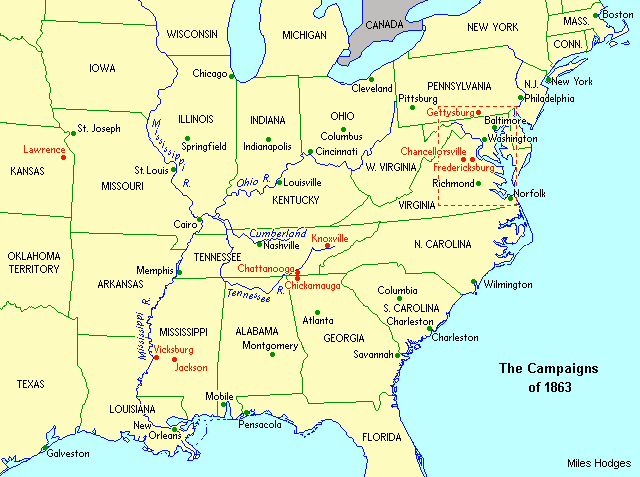
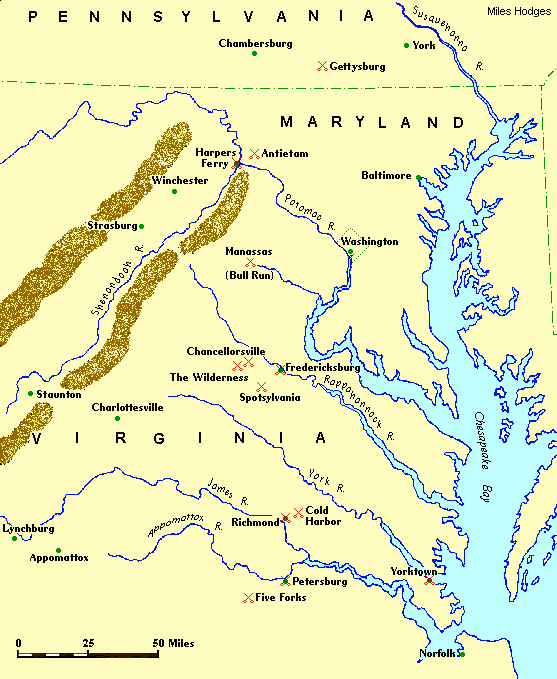

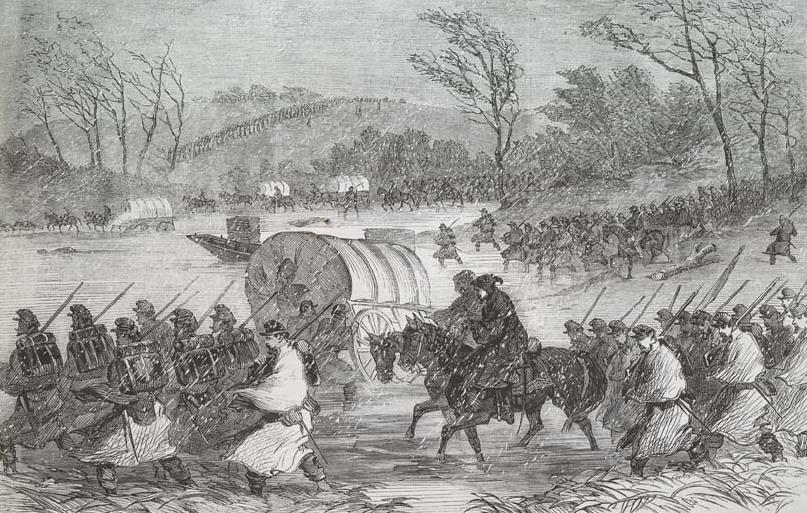
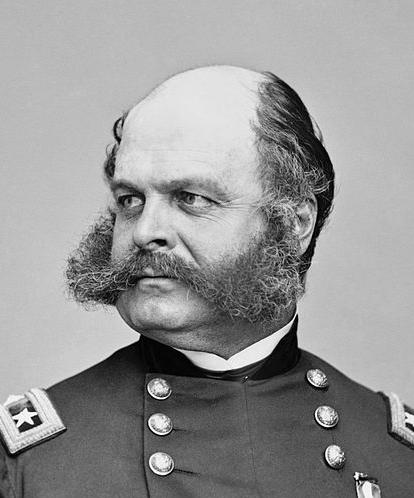
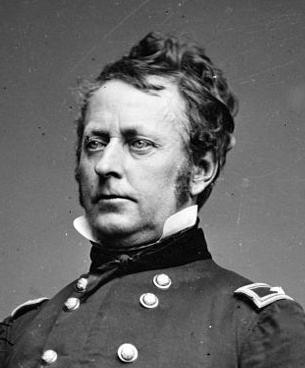
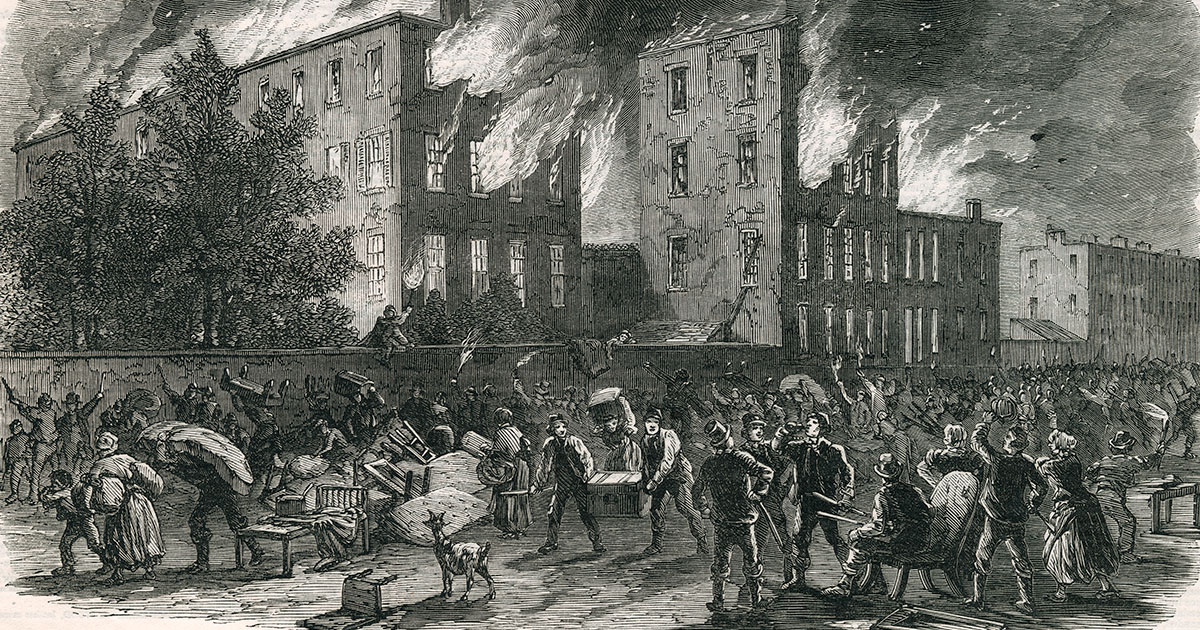
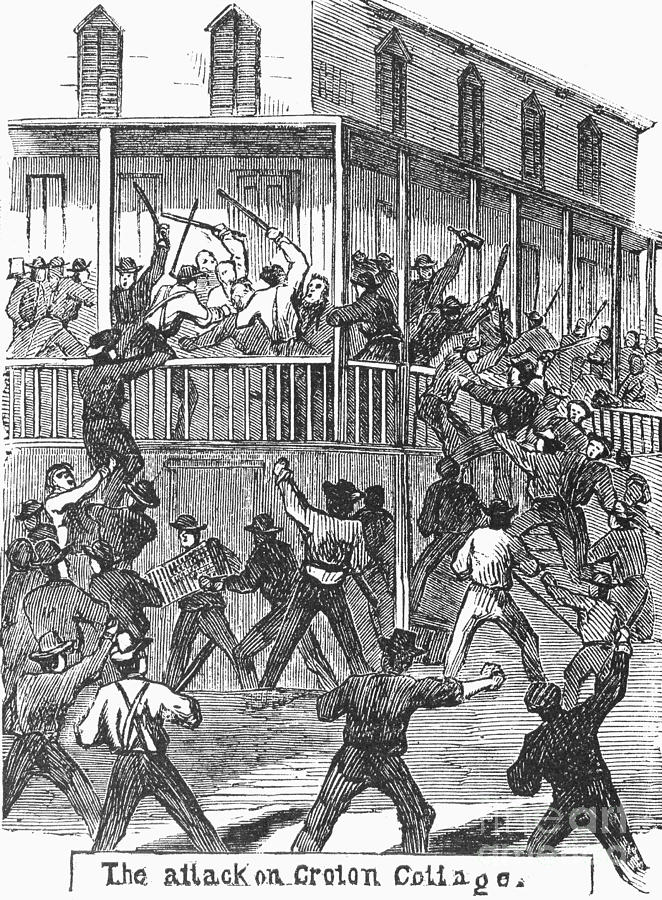
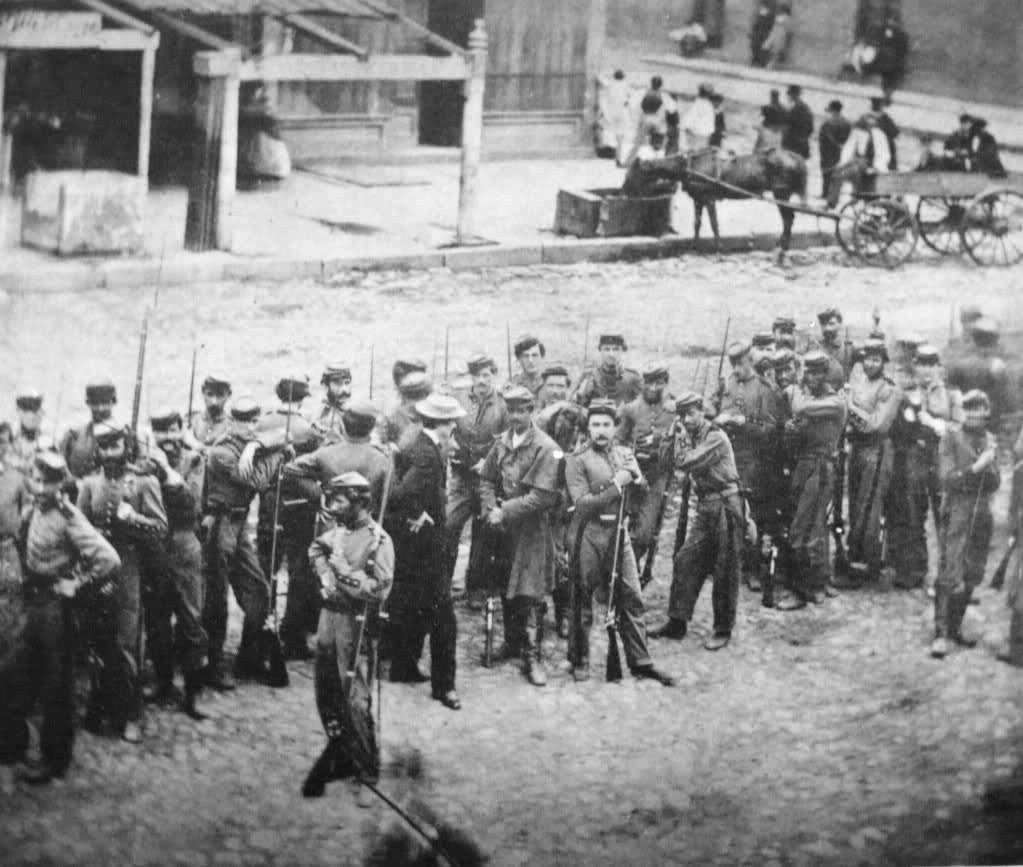
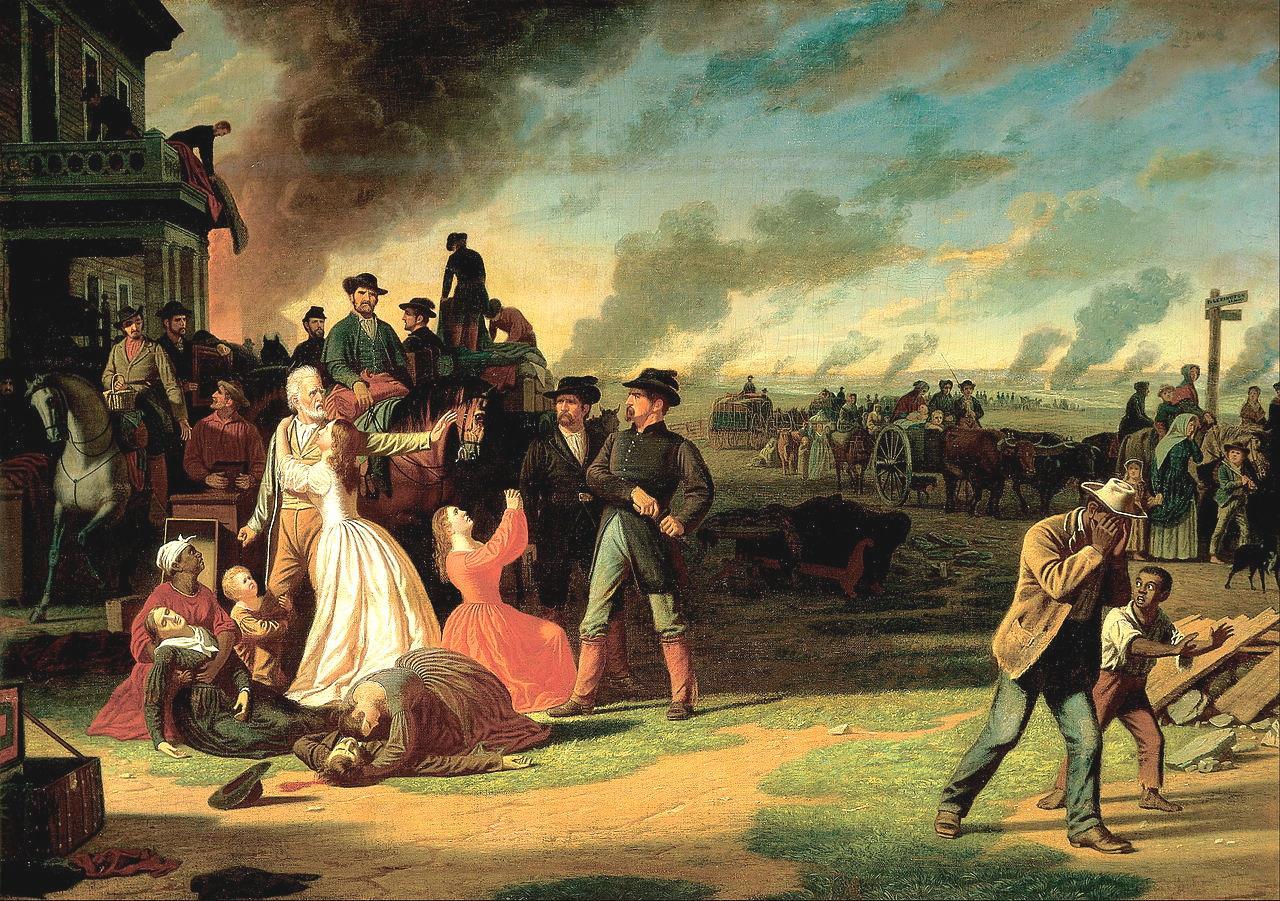
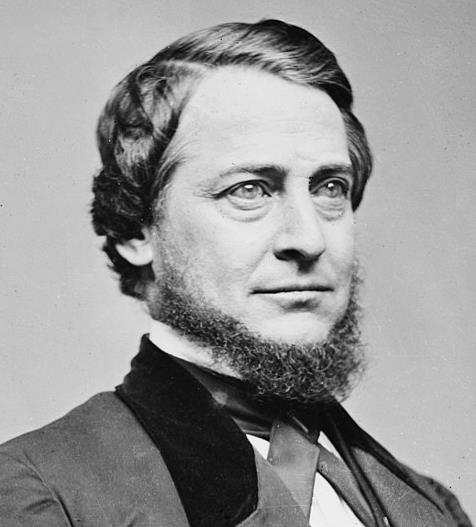
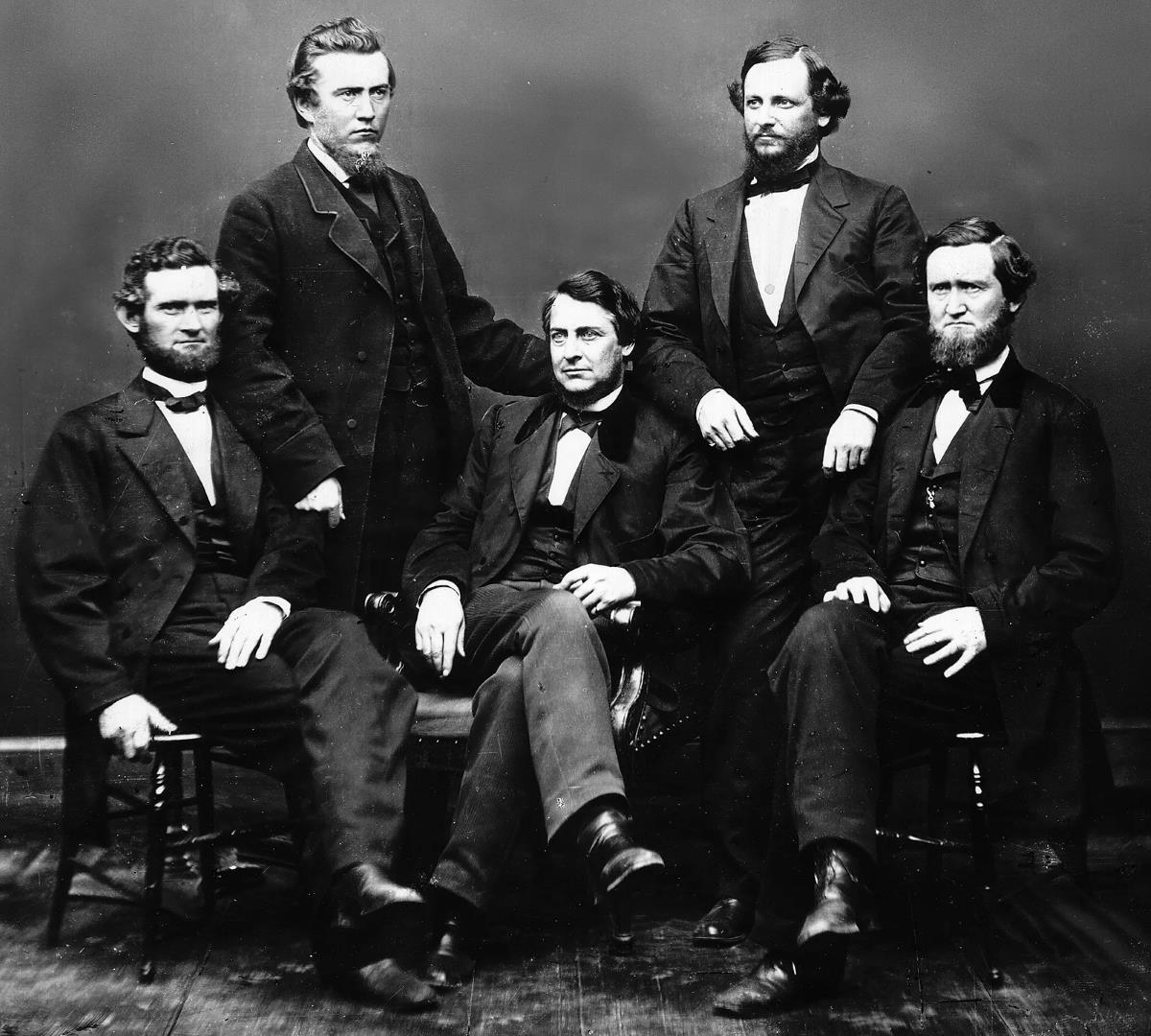
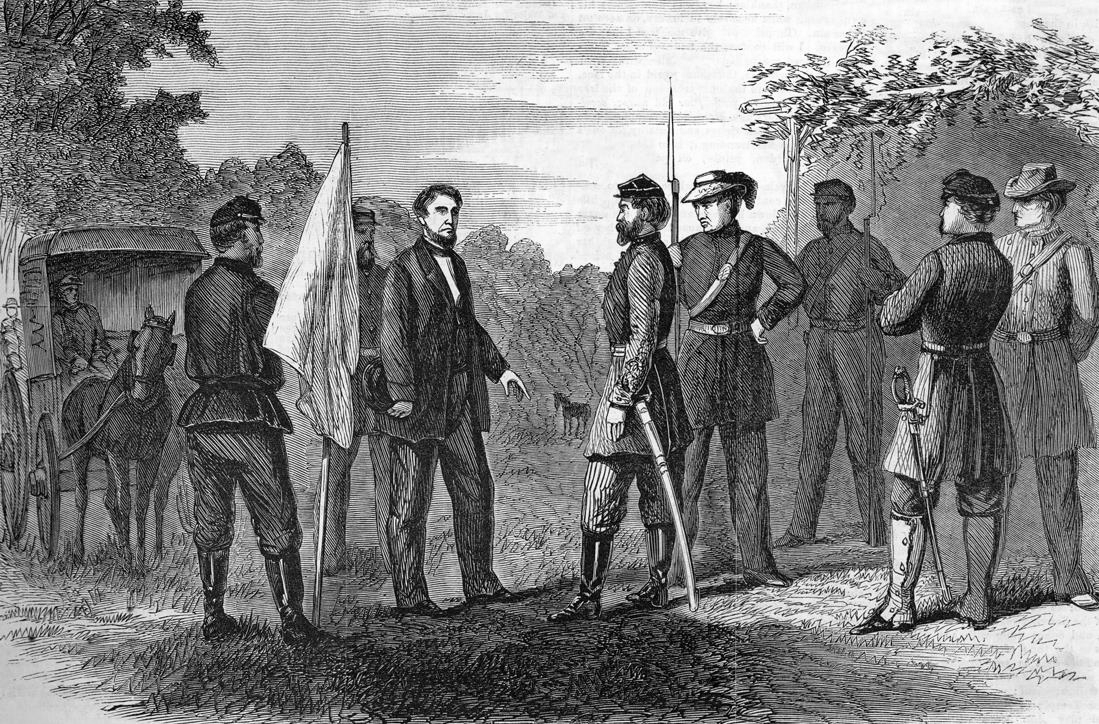
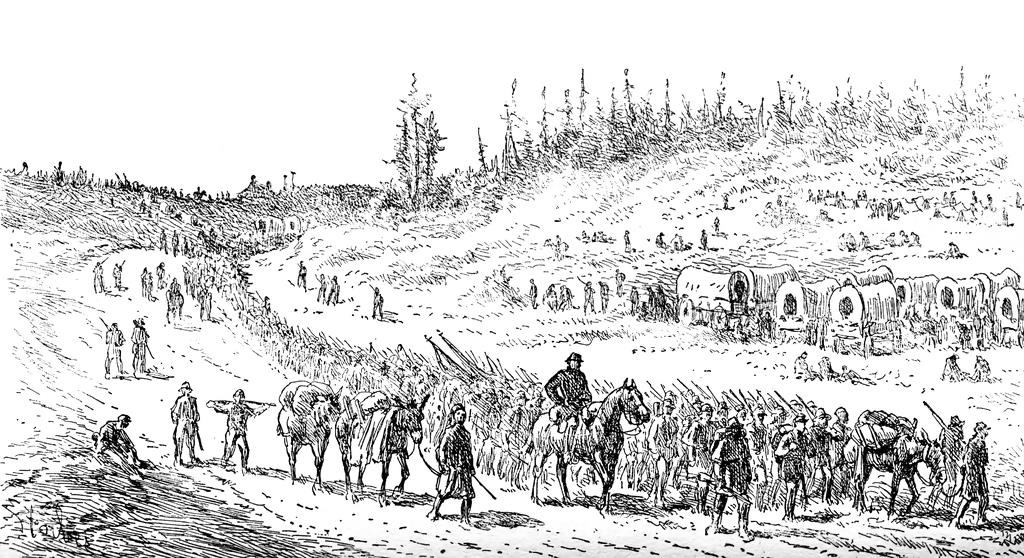
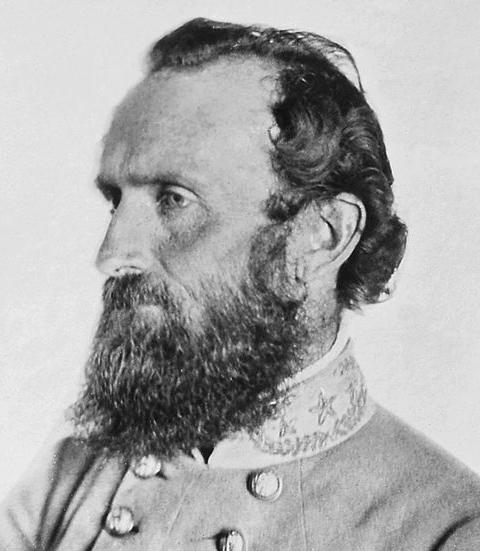
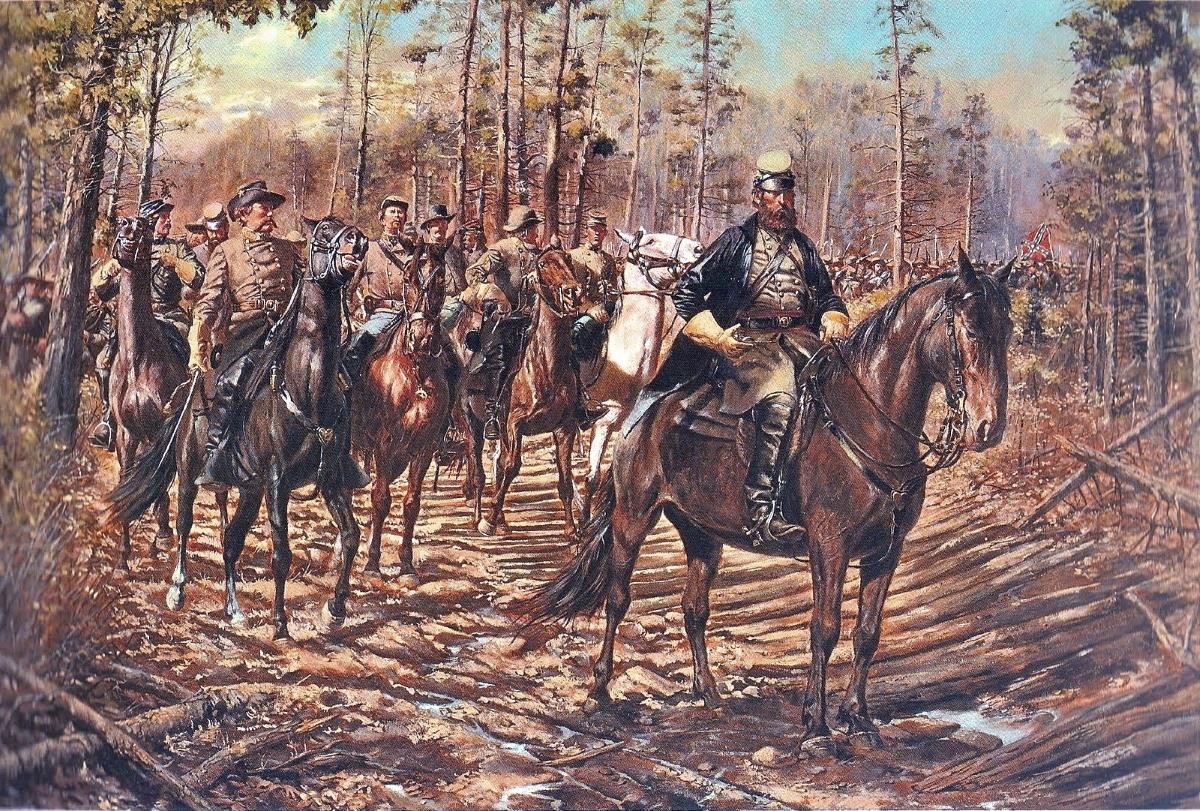
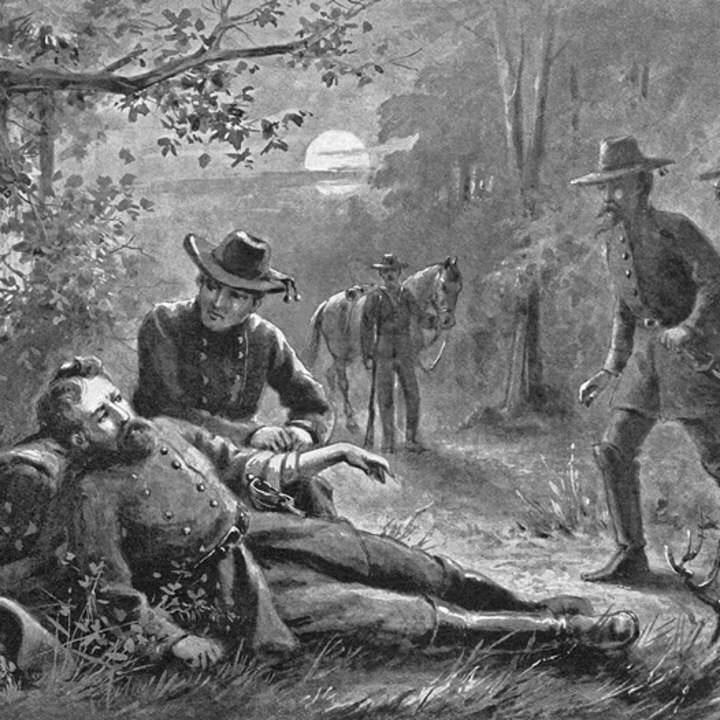
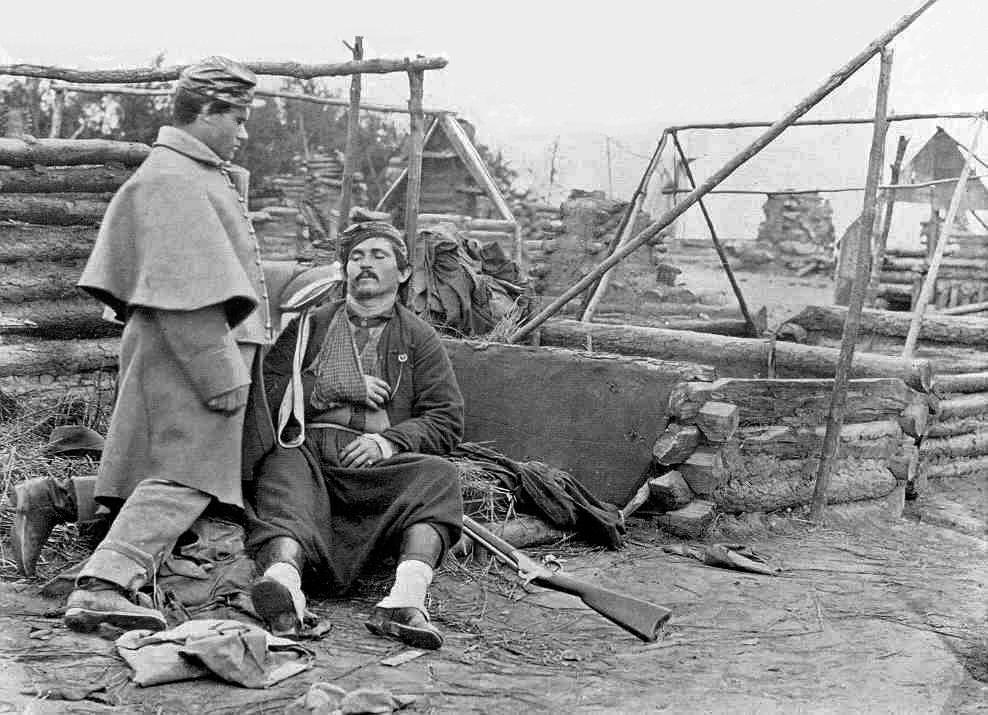
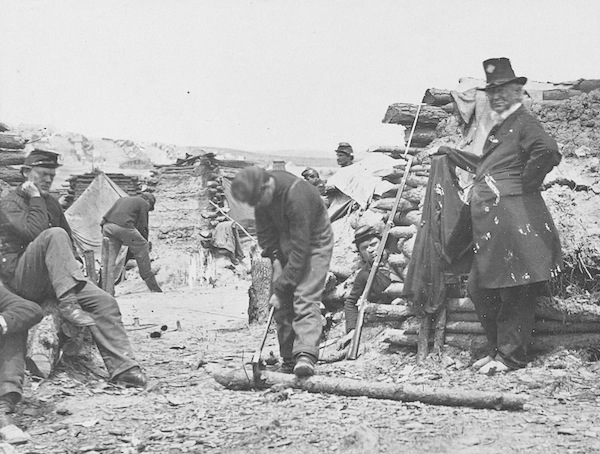
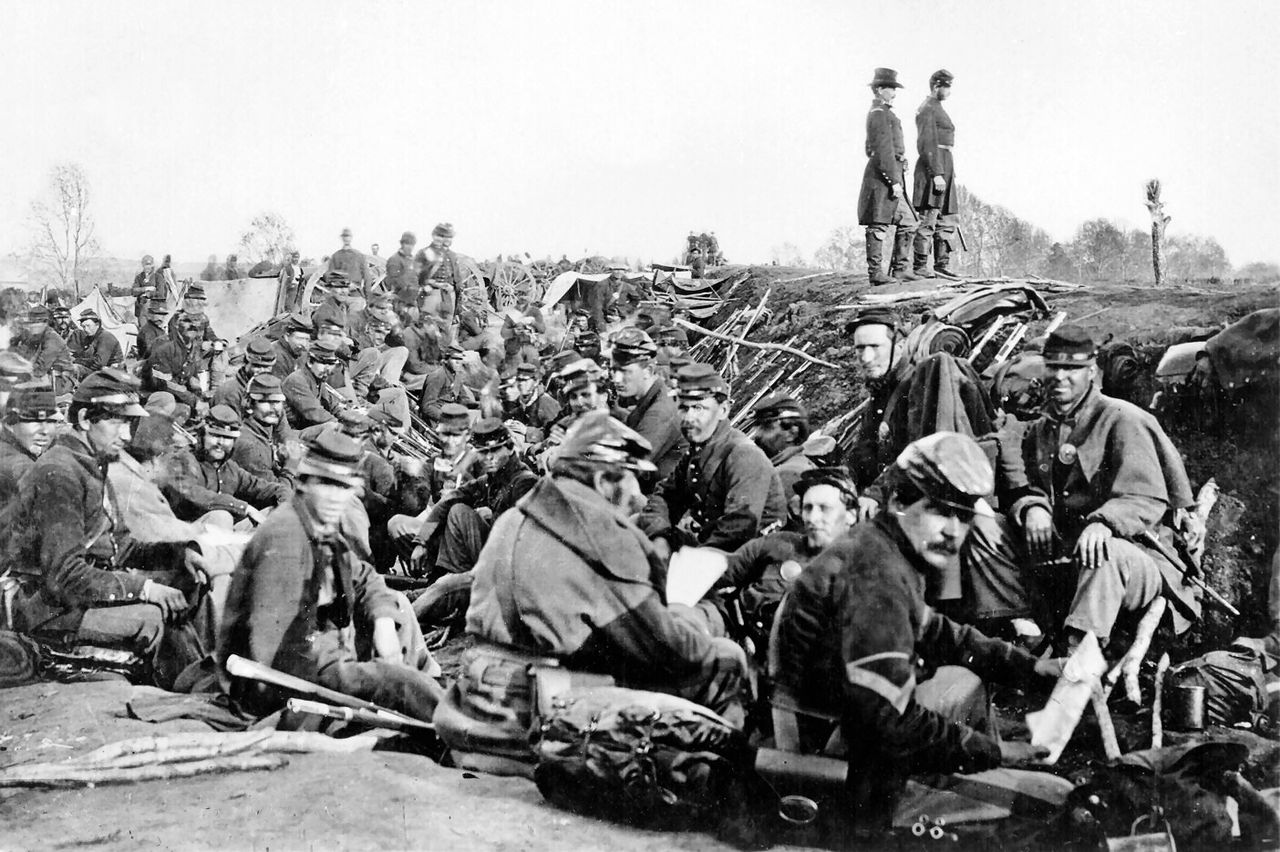
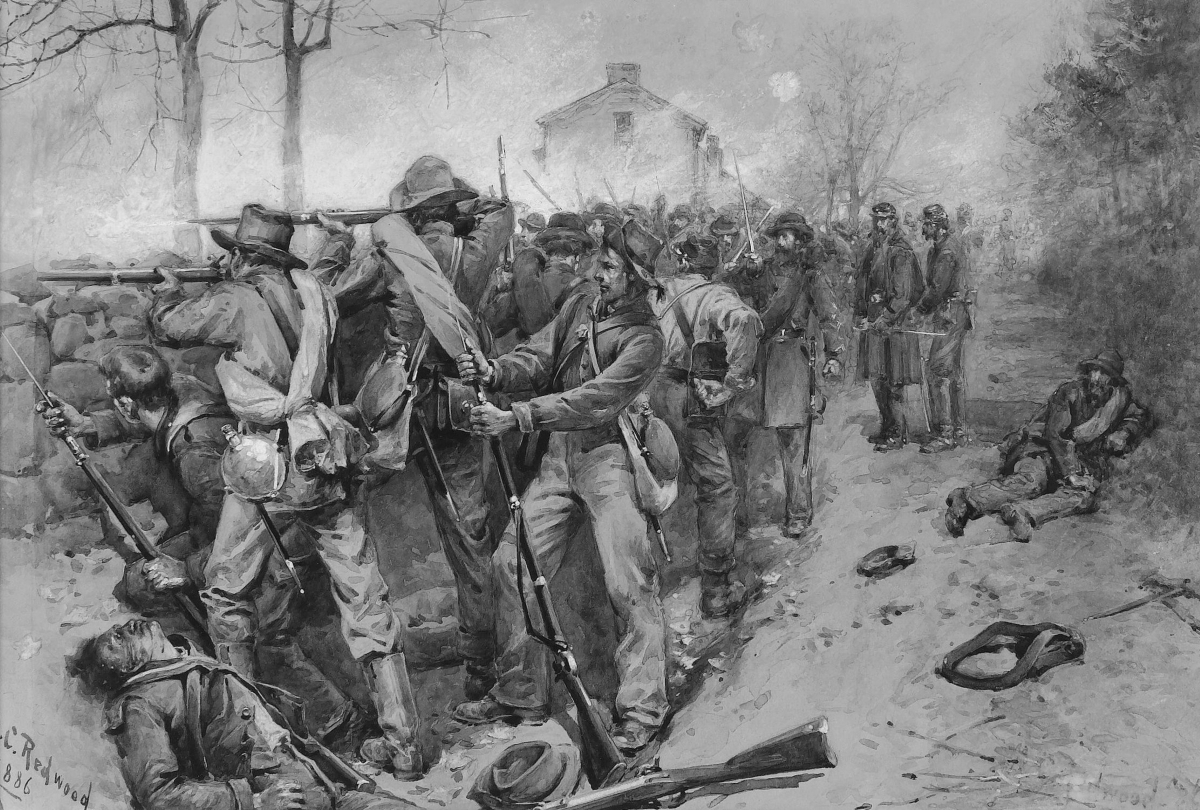
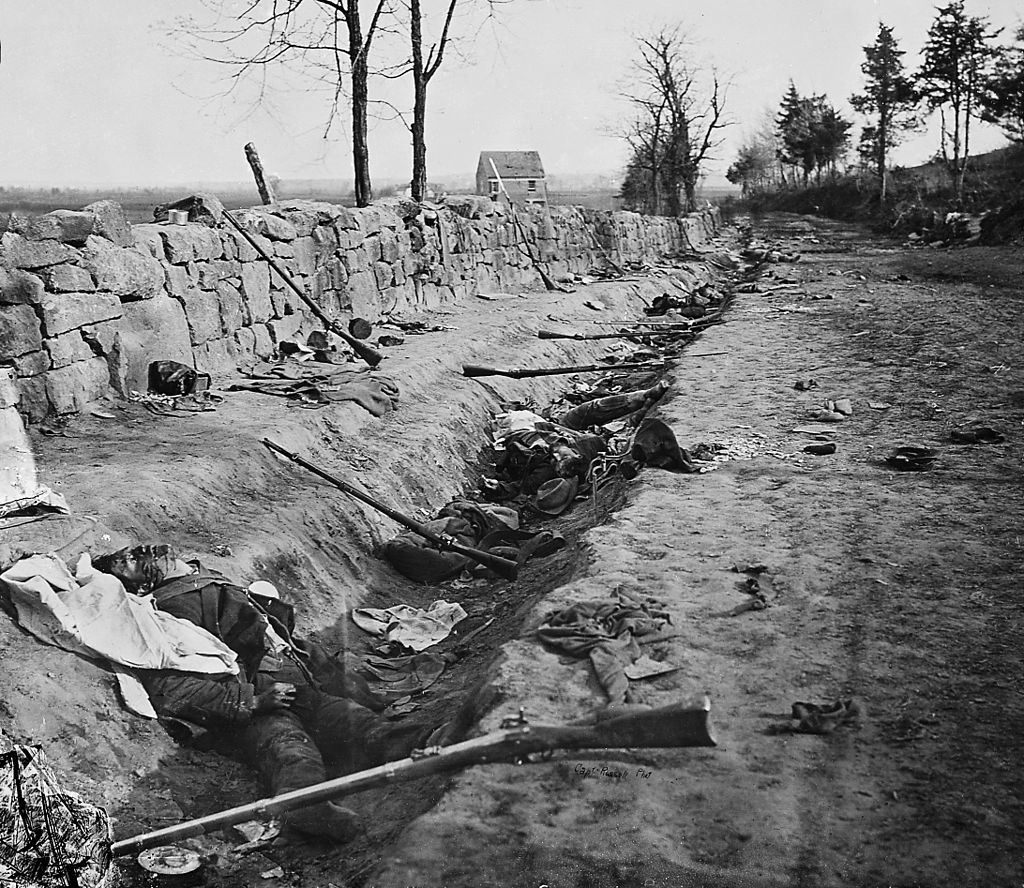
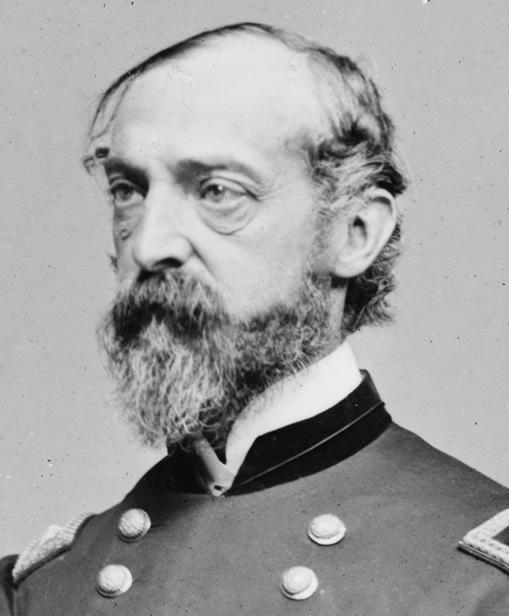
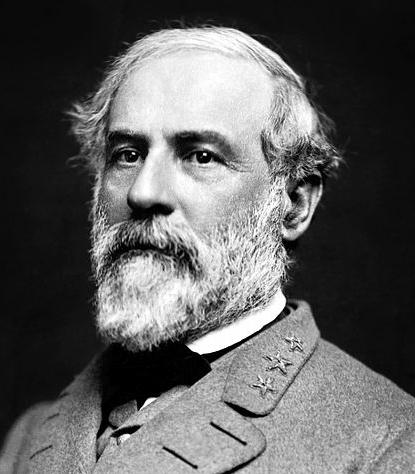
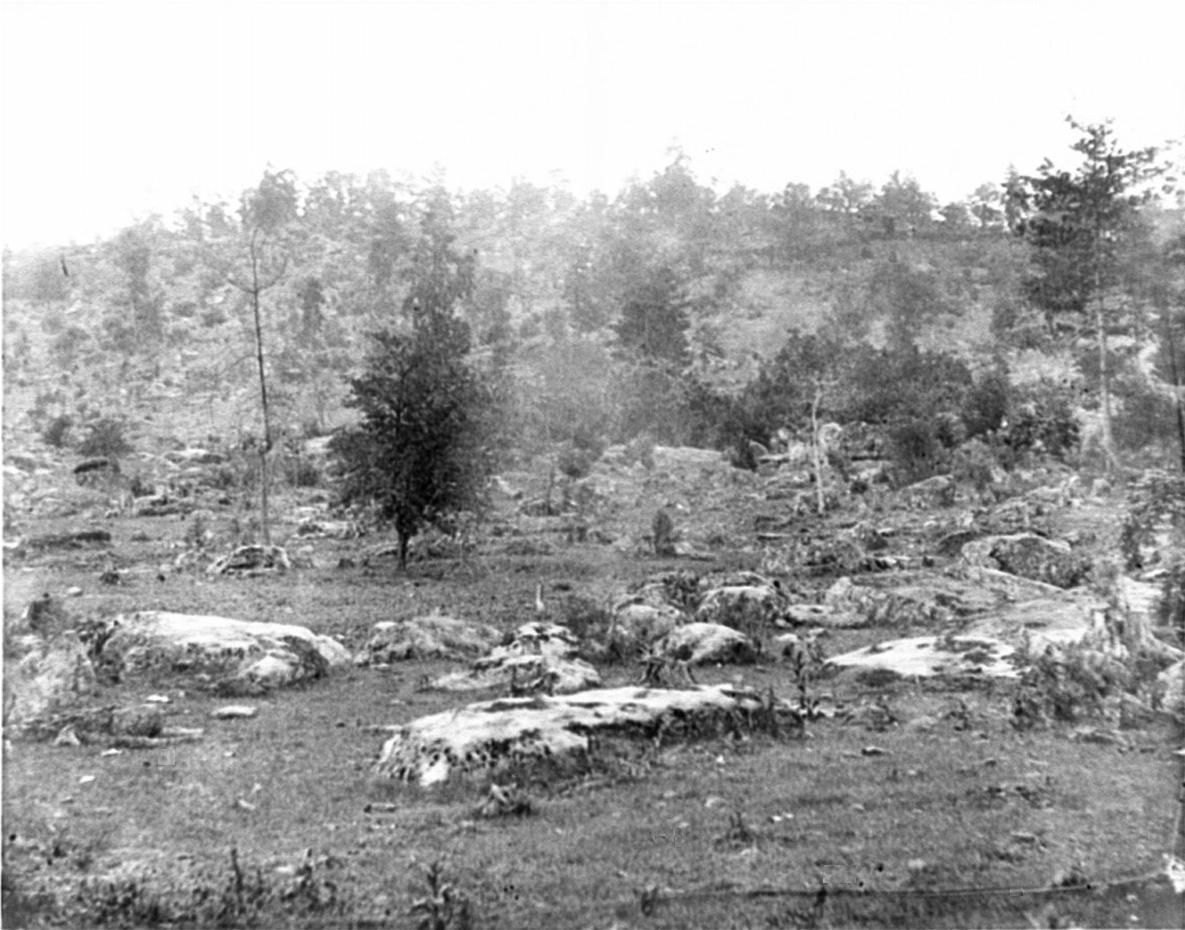
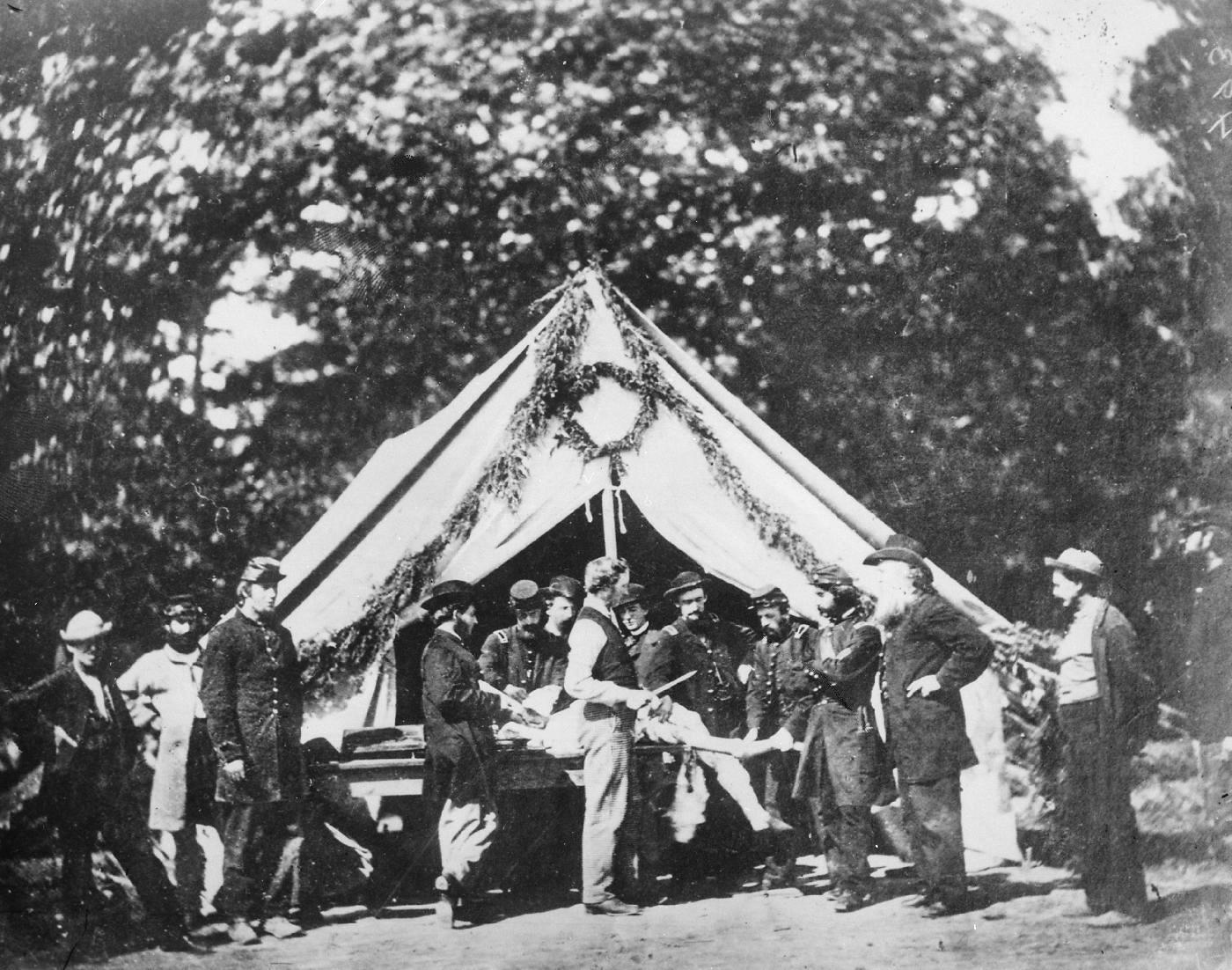
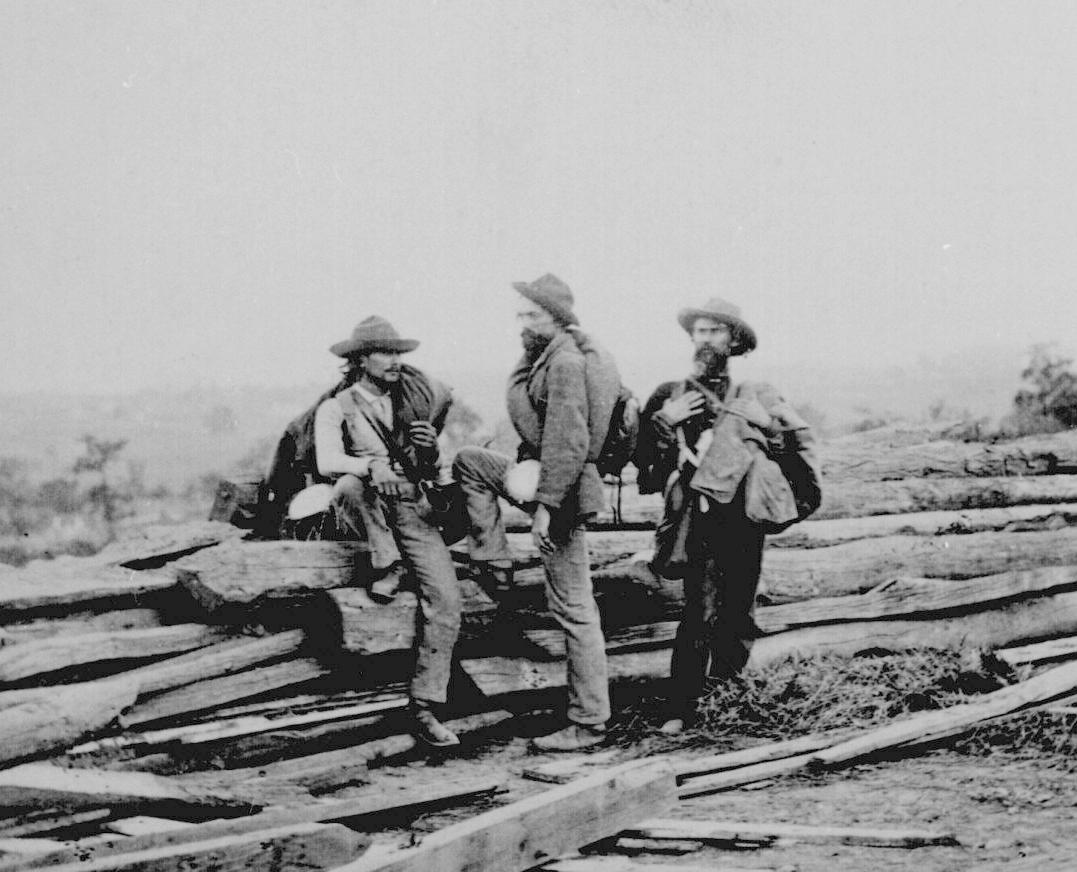
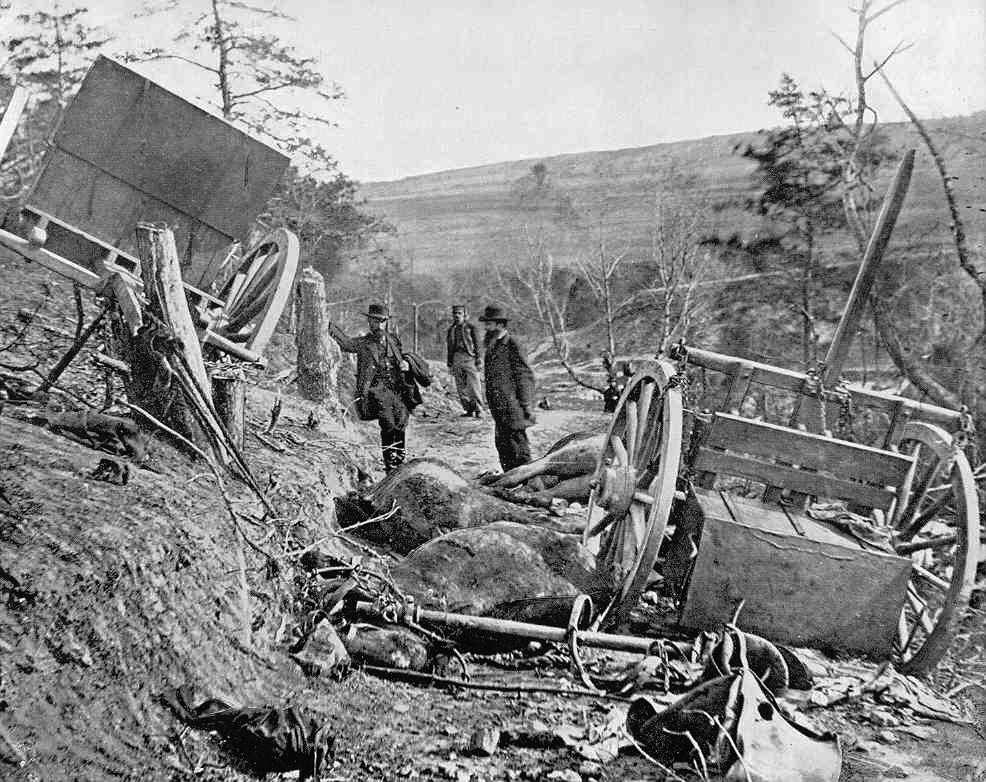
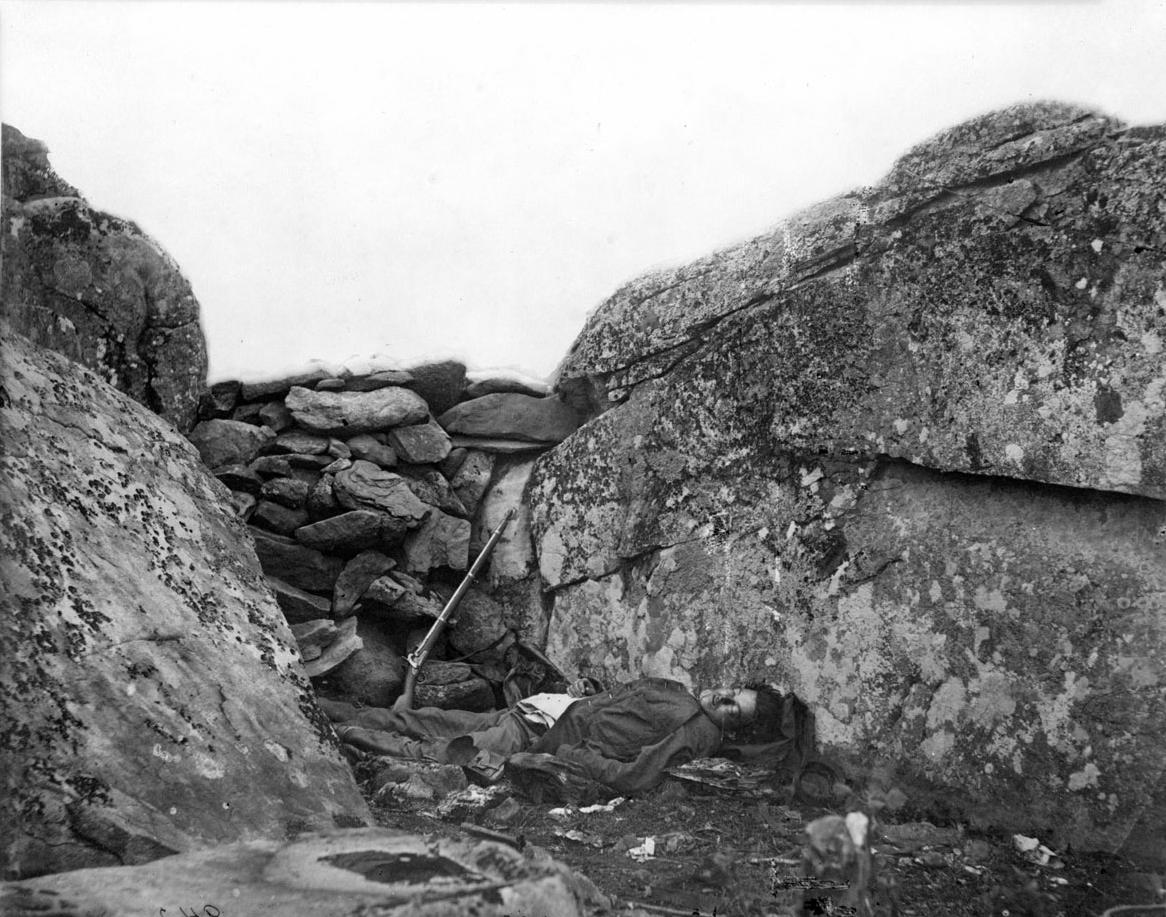
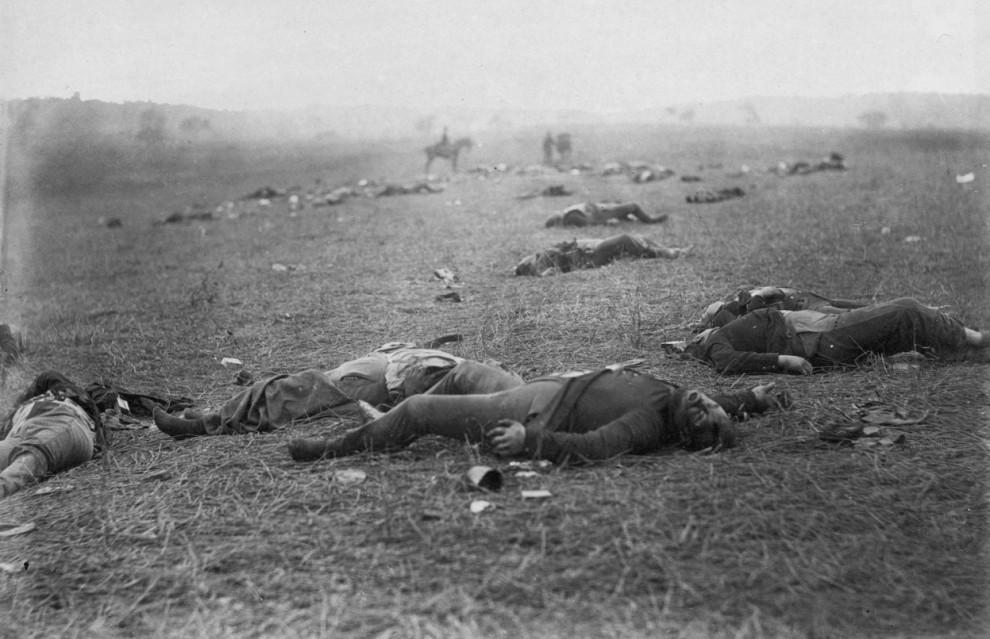
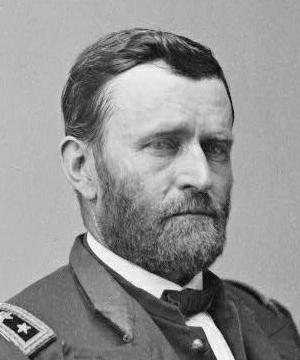
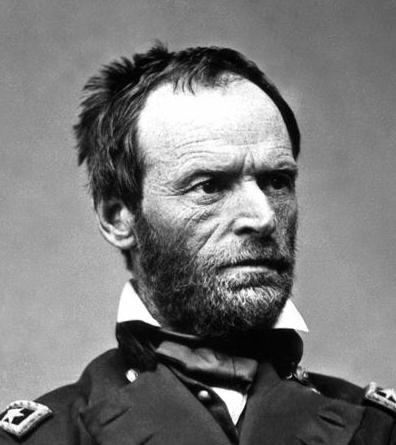

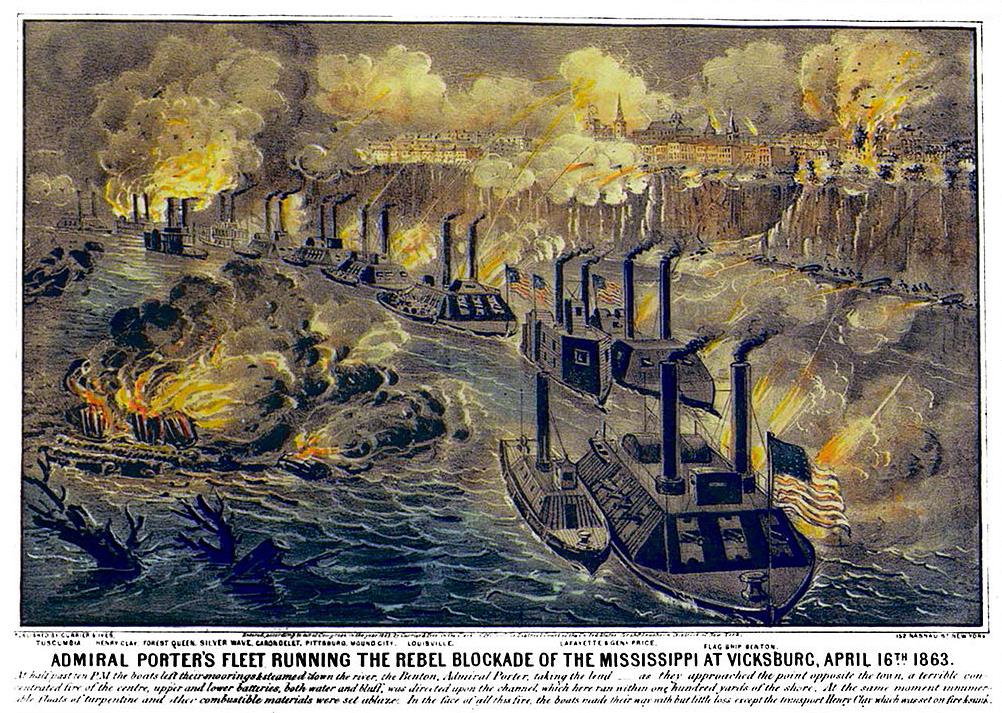
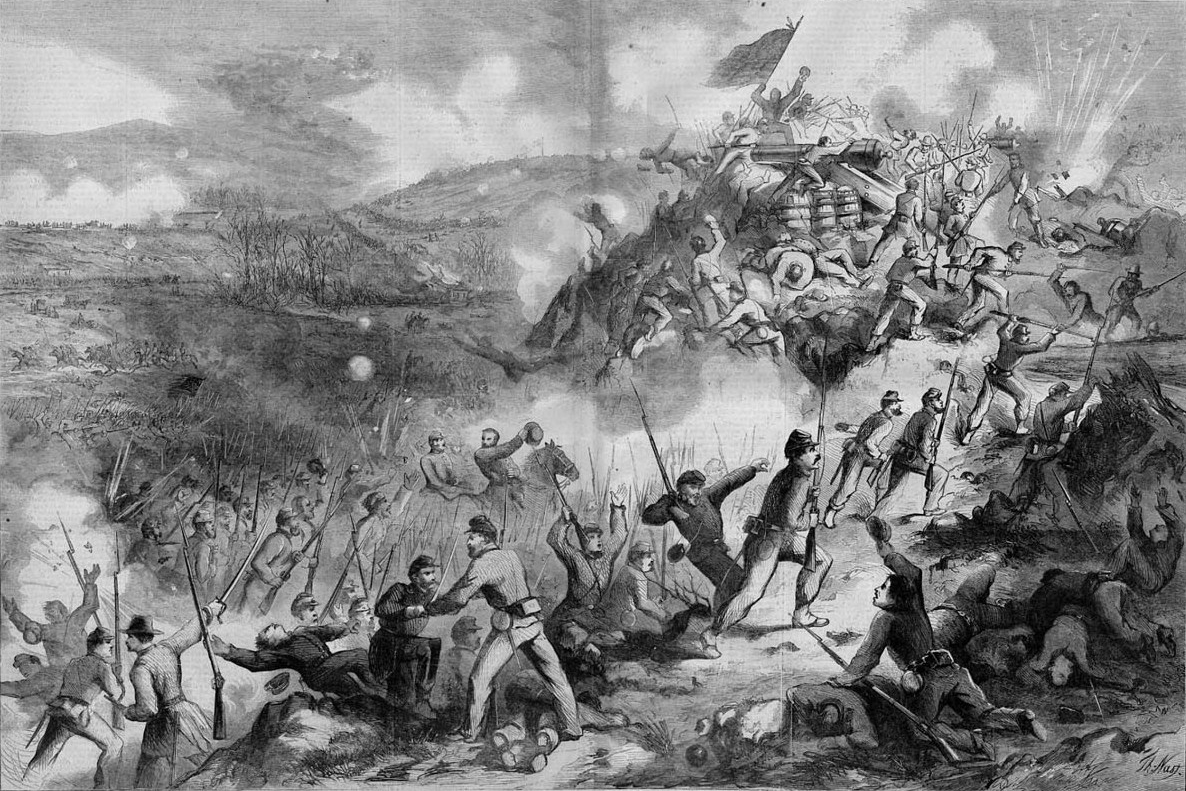
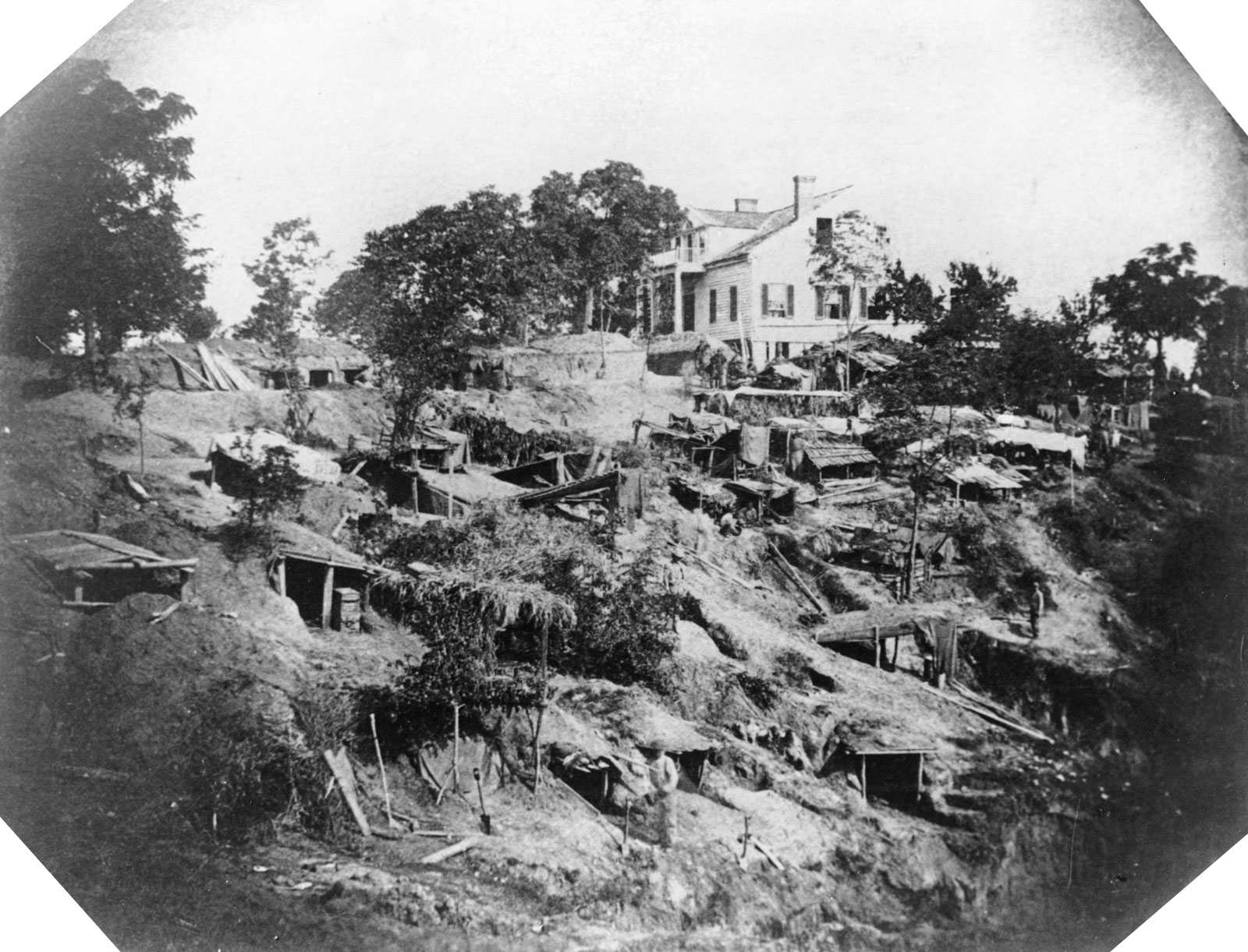
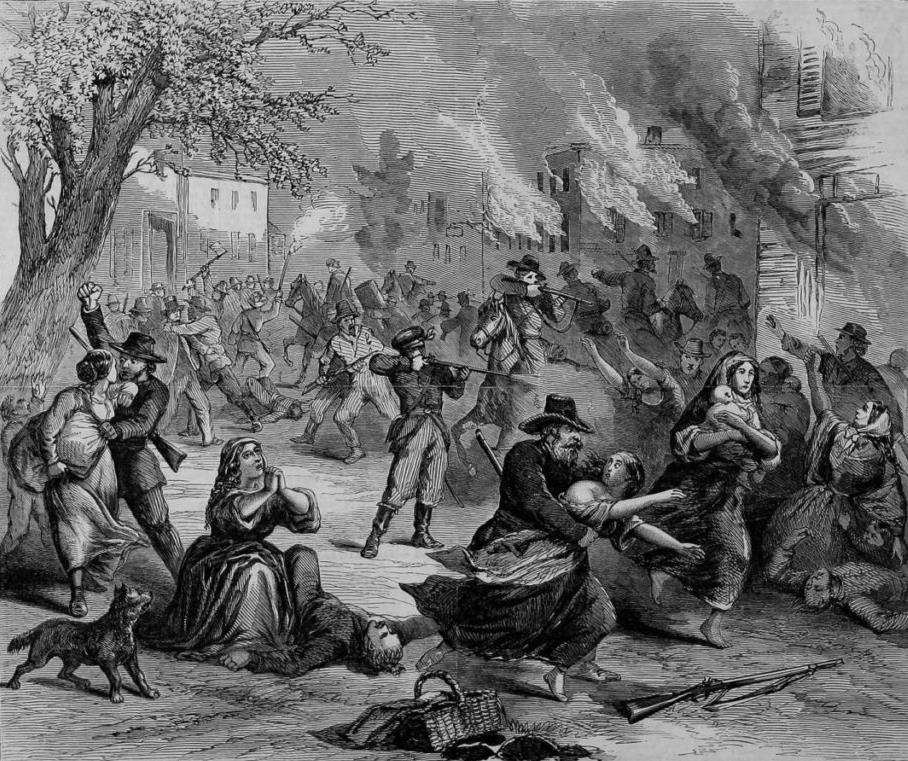
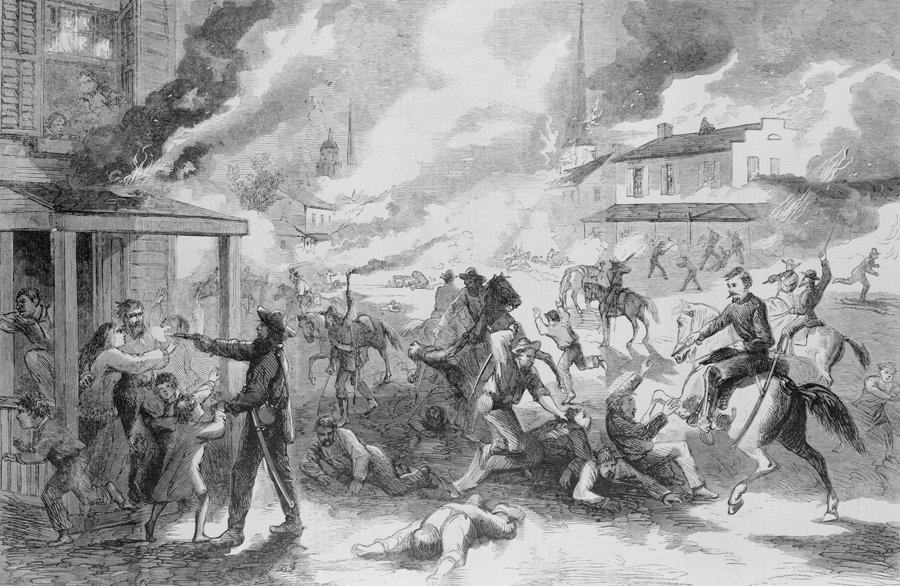
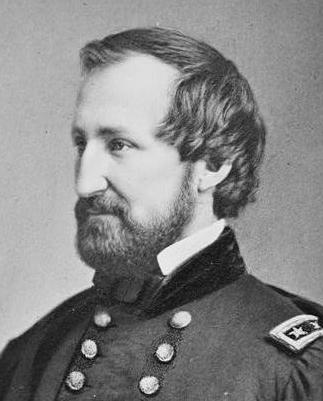

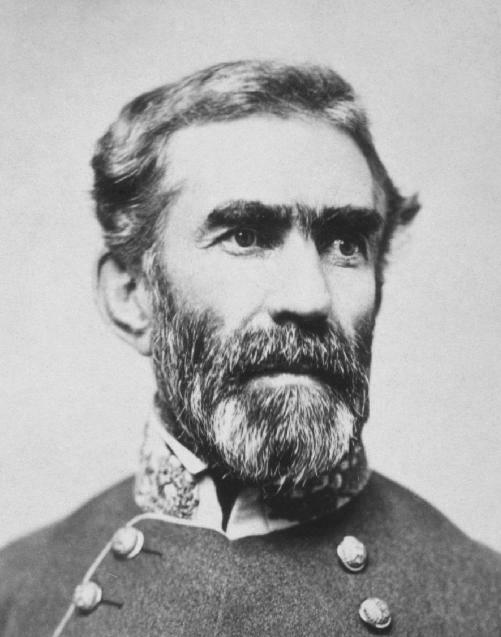
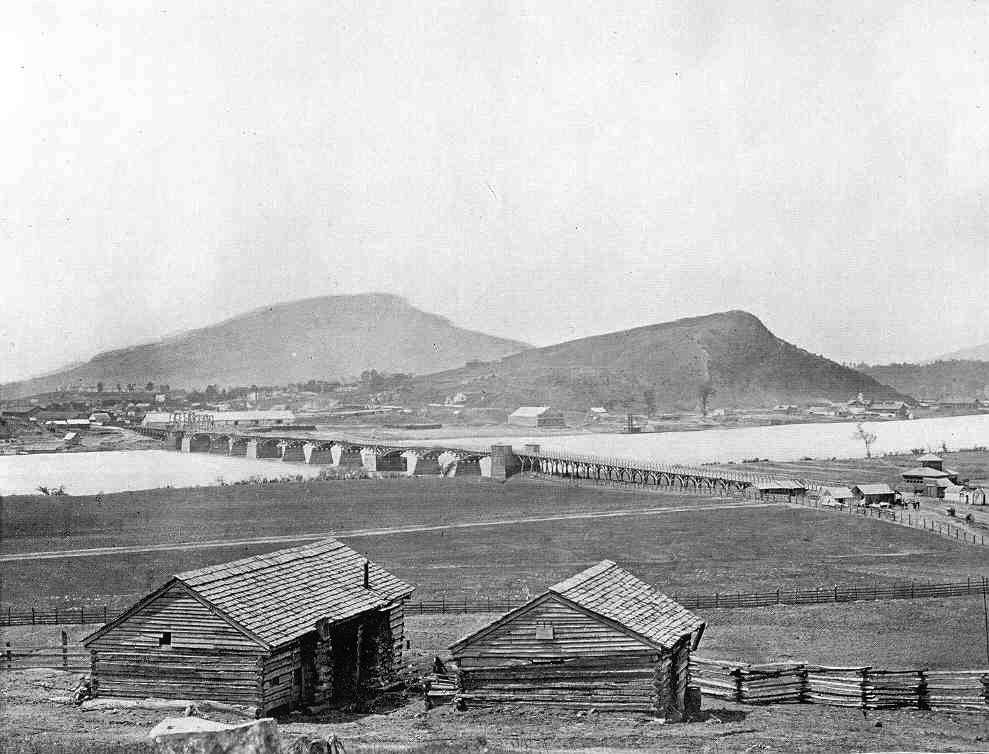
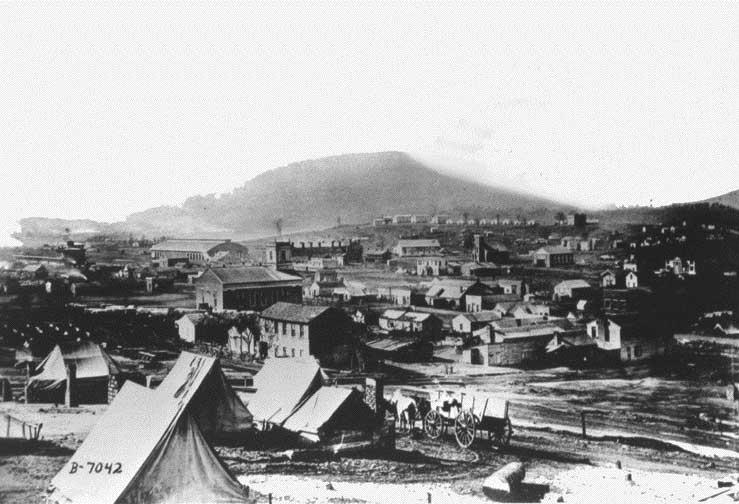
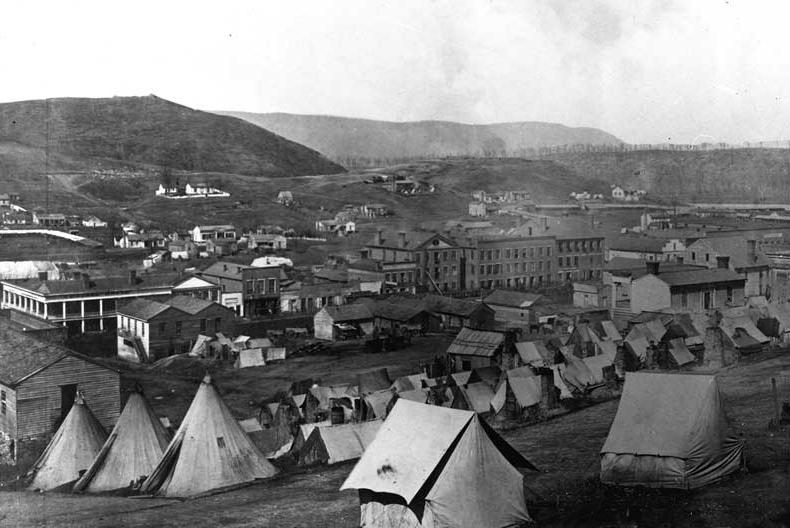
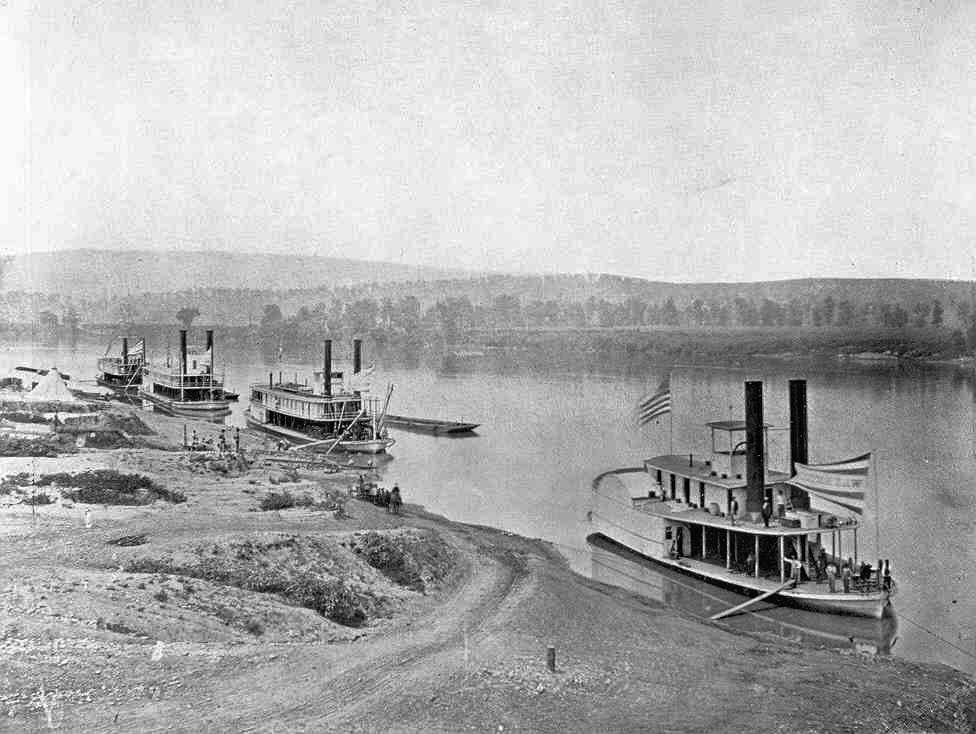

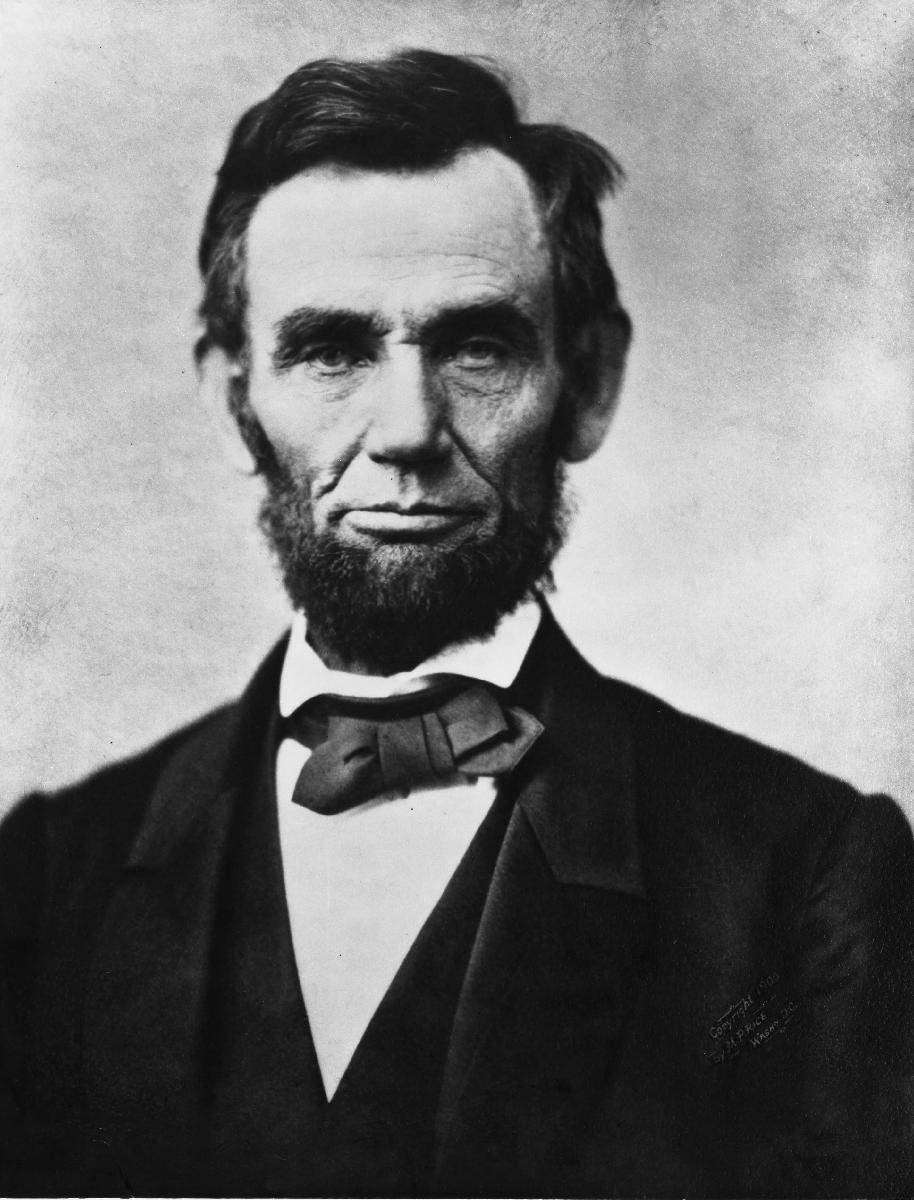
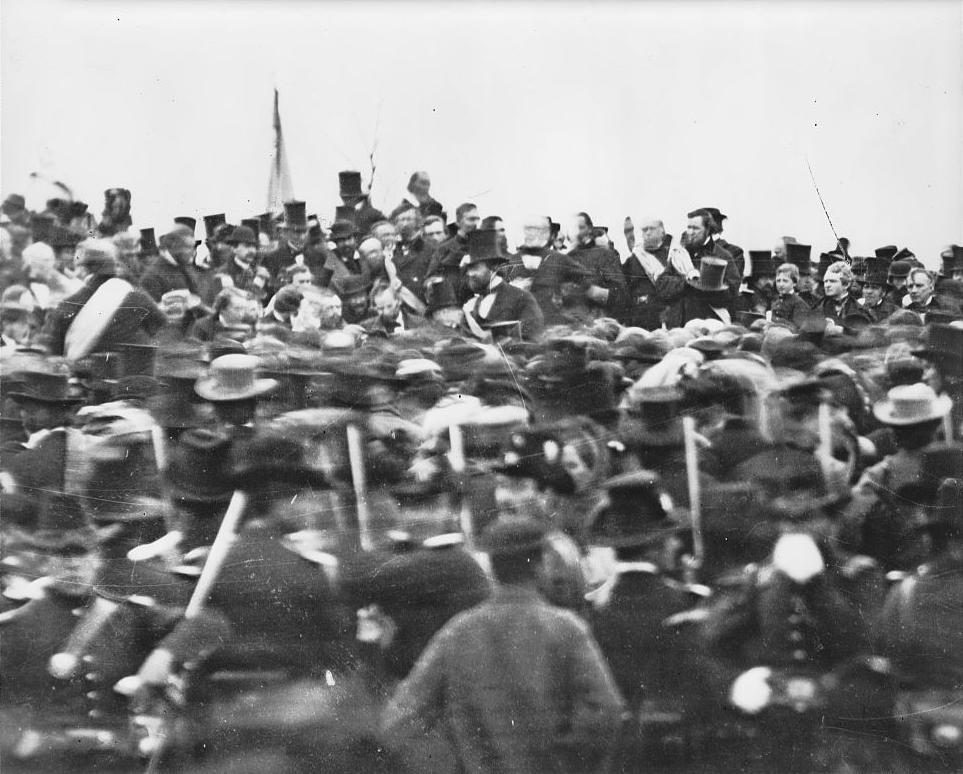

 Miles
H. Hodges
Miles
H. Hodges